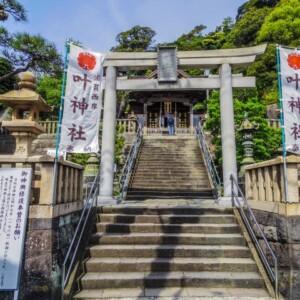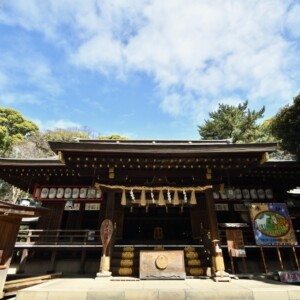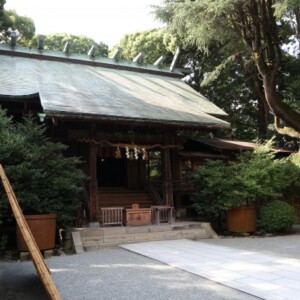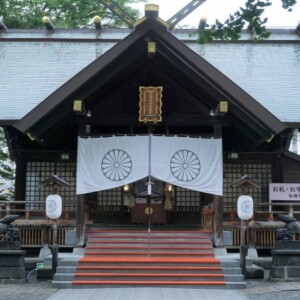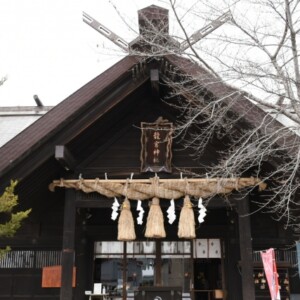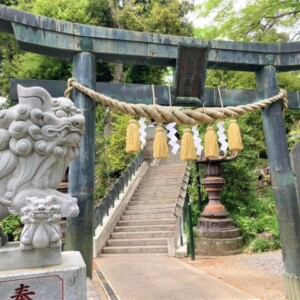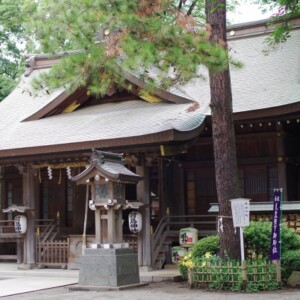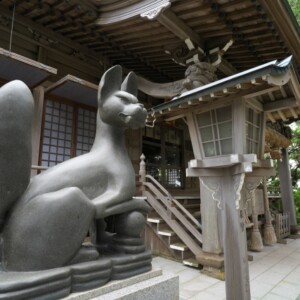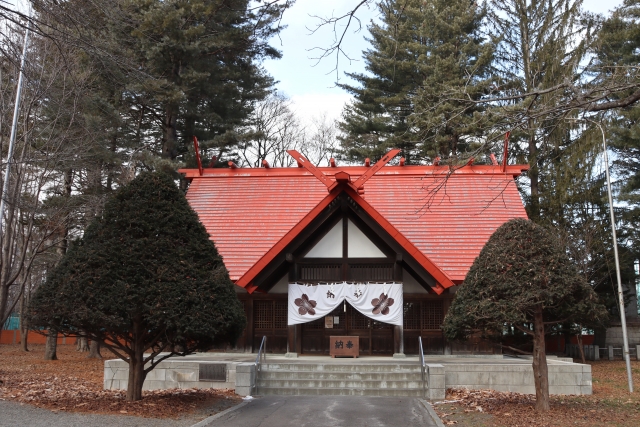
Tokachi Shrine|A complete guide to the history, highlights, and worship information of the oldest historic shrine in the Tokachi region of Hokkaido
Tokachi Shrine, located in Hiroo-cho, Hiroo-gun, Hokkaido, is known as the oldest shrine in the Tokachi region. The shrine boasts a history of more than 300 years as the first shrine in Tokachi-kuni, and there are numerous attractions that tell the story of Hokkaido’s pioneering history, including a legend of a dragon god whose deity is a piece of driftwood washed ashore at sea, and valuable cultural assets from an Edo-era explorer.
Overview and Basic Information on Tokachi Shrine
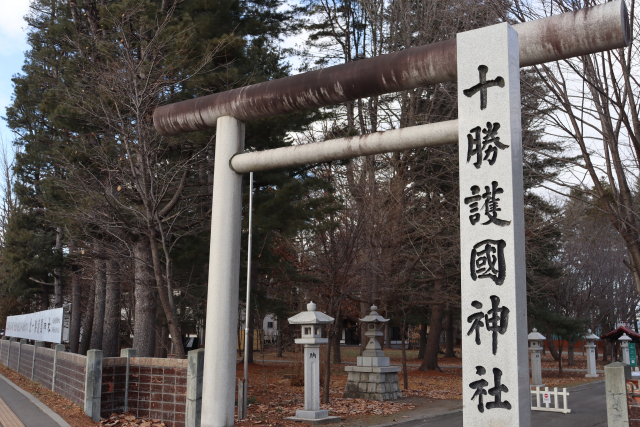
Tokachi Shrine is located in Moyori, Hiroo-cho, Hiroo-gun, Hokkaido, and is the oldest shrine in the Tokachi region, holding the status of the first shrine in Tokachi Province. Located in the center of Hiroo Town at the eastern foot of Maruyama, the shrine has long been the center of faith in the region.
History and Origin
Tokachi Shrine was founded in June 1666 by Kakizaki Kurando Hirobayashi, a retainer of the Matsumae Clan, as a shrine to pray for the protection of Tokachi-no-kuni. Initially, the shrine was called Tosatsu-dai Myojin (Great God of victory).
There is an interesting legend concerning the founding of the shrine. A piece of driftwood washed ashore on the Shimausu Coast looked like a dragon god, so a shrine was built to worship it. This driftwood was later carved into a wooden statue, which is said to have resembled Prince Shotoku, a small statue measuring about 4″ in length.
From the Edo period to the Meiji period (1868-1912), the shrine underwent various changes. In November 1799, on his way back from Etorofu, Kondo Shigezo dedicated the “Toezo Shinmichi Ki,” a record of the development of a new road between Hiroo and Samani, which is still preserved today as a valuable cultural asset.
In the Meiji period (1868-1912), the shrine underwent major changes due to the separation of Shintoism and Buddhism. After an investigation by the Kaitakushi (Hokkaido Development Office) in 1874, Buddhist statues and implements were removed from the shrine in 1875, the deity was changed to Ohwatatsumi, and the shrine was listed as a township shrine in March 1876. In May 1888, Inari Shrine and Shiogama Shrine were enshrined together, and in December 1918, reconstruction was completed at the present location.
Deities and Benefits
The main deity of Tokachi Shrine is Ohwatatsumi no Kami (God of Watatsumi). This deity is known as the god of the sea, and is believed to have divine powers for safety at sea and the satisfaction of great catches of fish.
Also enshrined are Ukemochi no Kami and Shiotsuchi no Oji no Kami. Ukemochi-kami is the deity of Inari Shrine, which was enshrined in 1889, and Shiotsuchi-no Ojinokami is the deity of Shiotsuni-no Ojiokami, which was enshrined in the same year.
The shrine is also dedicated to Shioto-roojin, who was enshrined at Shiogama Shrine in the same year. The shrine offers many benefits, including great fishing satisfaction, maritime and traffic safety, a good harvest, and prosperous business. The shrine is especially popular among fishermen and other visitors to the area, as it is a place of deep faith related to the sea.
Features of Tokachi Shrine
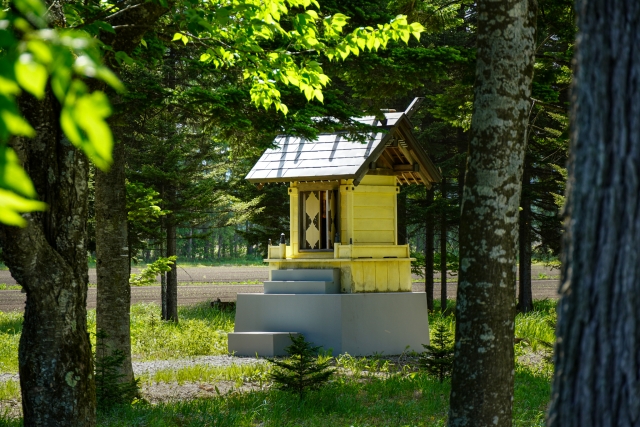
Tokachi Shrine offers a fascinating blend of buildings of great historical value, cultural assets, and natural beauty.
Attractions of the buildings and shrine pavilions
The current shrine pavilions were completed in 1942, and the Nagare-zukuri style of shrine architecture covers an area of 45.5 tsubo. The Nagare-zukuri style is one of the ancient Japanese shrine architectural styles, characterized by the beautiful shape of the long front part of the roof.
The shrine grounds cover a vast area of 10,000 tsubo (approximately 7,000 m2), and are accessed from the Naumann National Highway (No. 336) through a large torii gate and along an approach lined with lanterns. The area around the approach to the shrine is brightly lit with grassy plaza dotted with trees, and is maintained as “Hondori Park” with playground equipment for toddlers.
Valuable Cultural Properties and Company Treasures
Tokachi Shrine preserves valuable cultural assets that tell the story of Hokkaido’s history. The most famous is the “Toezo-shindo Ki Engraving Board” by Shigezo Kondo, which is designated as a Tangible Cultural Property of Hokkaido. The present one was re-engraved in 1860 due to damage to the old board.
There are many other valuable votive offerings designated as tangible cultural properties of Hiroo Town, including one dedicated in 1836 by Kiemon, the manager of the Tokachi meeting hall, and all the watchmen working at the Tokachi site to pray for peace and safety, and one dedicated in 1866 by Kijiro, a Kitamae-bune boatman from Itoigawa in Echigo Province. The shrine is designated as a tangible cultural property by the town of Hiroo.
Beauty as a cherry blossom viewing spot
Tokachi Shrine is known not only for its history, but also for its cherry blossoms. In spring, the Ezo-Yamazakura cherry trees planted on the shrine grounds as a memorial to the shrine are in full bloom. From late April to early May, when the Ezo Yamazakura cherry trees are at their best, the shrine is crowded with townspeople and tourists who come to view the cherry blossoms.
There are two varieties of cherry blossoms unique to Hokkaido, the Ezo-Yamazakura and the Chishimazakura, and visitors can enjoy these precious blossoms that can only be seen in Hokkaido. In addition, the park in front of Tokachi-jinja Shrine is lit up at night every year, providing a fantastic night view of the cherry blossoms.
Visiting Guide
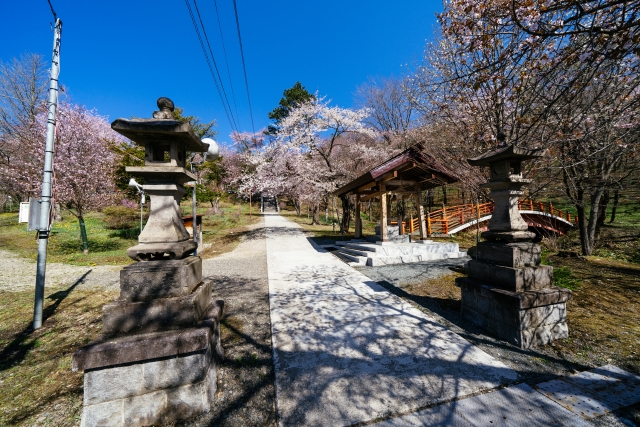
Visiting Tokachi Shrine is a peaceful way to experience the history and nature of Hokkaido. Show your respect to the guardian deities of the Tokachi region through worship at this venerable shrine.
Worship Etiquette and Manners
Visiting Tokachi Shrine is done in accordance with general shrine etiquette. First, bow as you pass through the torii gate and avoid the center of the path. After purifying your hands and mouth at the hand- and mouth-watering booths, you should enter the shrine in front of the hall of worship in the manner of “ni-sho, ni-sho, ni-sho, ni-sho, ni-sho.
The main deity of Tokachi-jinja Shrine is the god of the sea, Onawatsumi, and many people pray for safety at sea, a good catch of fish, and traffic safety. Many people also pray for a good harvest and prosperous business with the deity Hoshokujin, and for the fulfillment of various wishes with the deity Shiodo Ro-ojin.
The temple grounds are vast and rich in nature, so it is important to keep quiet and be considerate of other worshippers. When taking pictures, please refrain from shooting inside the hall of worship or toward the sacred object, and only enjoy the beautiful scenery of the shrine grounds.
Annual and Seasonal Events
The annual festival of Tokachi Shrine is held on September 21, when the local community gathers for a grand ceremony. The annual festival is the most important festival of the shrine, and is held to express gratitude for the past year and to pray for the future safety and prosperity of the shrine.
In spring, when the Ezo-Yamazakura cherry trees on the shrine grounds are in bloom, many visitors and tourists come to the shrine to view the cherry blossoms, which are at their best from late April to early May, making this a popular time to visit the shrine for cherry blossom viewing. The cherry blossoms are also illuminated at night, so visitors can enjoy the beauty of the cherry blossoms day and night.
The New Year’s New Year’s visit also attracts many visitors who come to pray for safety and prosperity in the new year. Although the shrine is visited in the harsh Hokkaido winter, the shrine in a snowy landscape is exceptionally beautiful.
Red Seal Information
Tokachi-jinja Shrine’s red seal is awarded as “Tokachi-no-kuni Ichinomiya Tokachi-jinja Shrine. This is a valuable red seal that indicates the shrine’s prestige as the first shrine in Tokachi-kuni, and is popular among many visitors as a commemorative seal for their visit to the shrine.
It is recommended that you contact the shrine in advance to receive a red seal. If you are not available at the time you plan to visit the shrine, a red seal may be prepared for you to leave a note, so please contact the shrine in advance if you want to be sure of receiving a red seal.
If you do not have a red seal book, it may be possible to purchase one at the shrine, but it is best to prepare one in advance. If you wish to receive a red seal, please ask at the shrine office after you have completed your visit to the shrine.
Access/Use Information
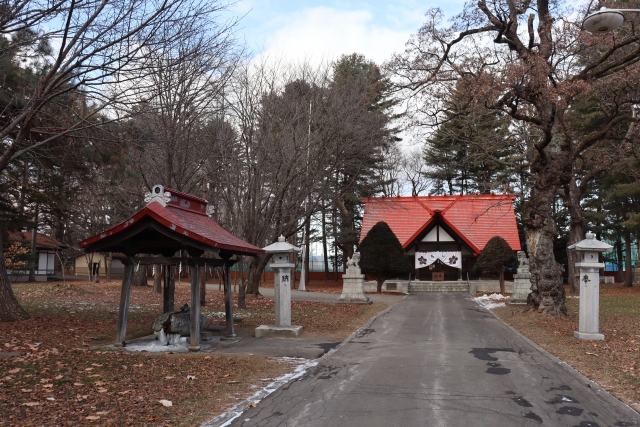
Tokachi Shrine can be accessed by both public transportation and private vehicles. Due to its location in the vast expanse of Hokkaido, please check the route in advance of your visit.
Transportation Access
Access by public transportation
From Obihiro Station on the JR Nemuro Line, take the Tokachi Bus bound for Hiroo Office. It takes about 2 hours and 30 minutes, and you will arrive at the “Tokachi Jinja-mae” bus stop. The trip from Obihiro Station is longer, about 2.5 hours, but well worth it for the view of the magnificent nature of Tokachi.
Bus service is limited, so it is important to check the Tokachi Bus timetable in advance and plan your return trip including the time of your return flight. Especially during the winter season, it is also important to check the operation information on the day of the tour, as weather conditions can change the bus service.
Access by Private Vehicle
Access by private car is via National Route 336 (Naumann National Highway). It takes about 4 hours from Sapporo and about 2 hours from Obihiro. Many visitors come to the area in conjunction with sightseeing in the Tokachi Port or Cape Erimo area.
During the winter season, be careful of icy road surfaces and snowfall, and it is essential to install winter tires and carry chains. It is also advisable to carry enough fuel for your trip.
Hours of visitation and parking information
Tokachi Shrine can be visited all year round, and there are no restrictions on visiting hours. However, please inquire in advance about the awarding of red seals and prayers at the shrine office. The contact number is 01558-2-2063.
The parking lot is exquisitely located and is rated as well maintained. Due to the vastness of the shrine grounds, it is a bit of a walk from the parking lot to the shrine pavilion, but please consider it part of the fun of visiting the shrine, including a stroll along the approach to the shrine.
Since the shrine attracts many worshippers during the cherry blossom season in spring and during the annual festival, we recommend that you visit the shrine early in the day. Also, please remember to bring warm clothing and rain gear for the Hokkaido climate.
There is no set fee for visiting the shrine, but please pay money offering and red seal fees as appropriate. This will help support the maintenance of the shrine and local faith activities.
<Address> 1-13 Moyori, Hiroo-cho, Hiroo-gun, Hokkaido, 089-2637 Japan
Reference site
Tokachi Shrine, Hokkaido Jinja Agency: https://hokkaidojinjacho.jp/十勝神社/
Hiroo Town Tourist Association Tokachi Shrine: https://hiroo-kanko.jp/spot/十勝神社/
Kokon Goshuin Kenkyujo Tokachi Jinja: https://goshuin.net/tokachi-hiroo/



